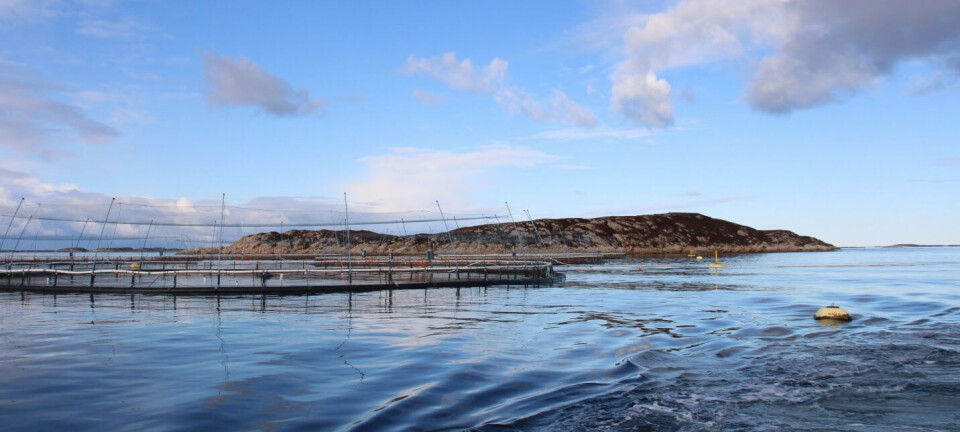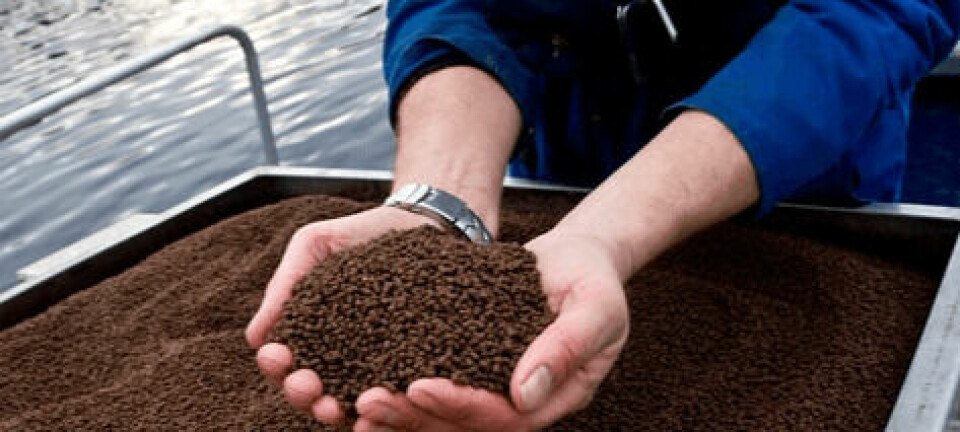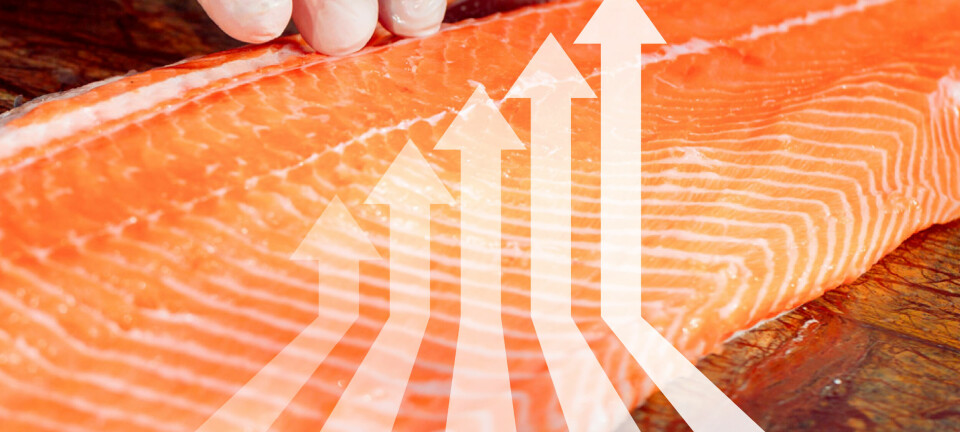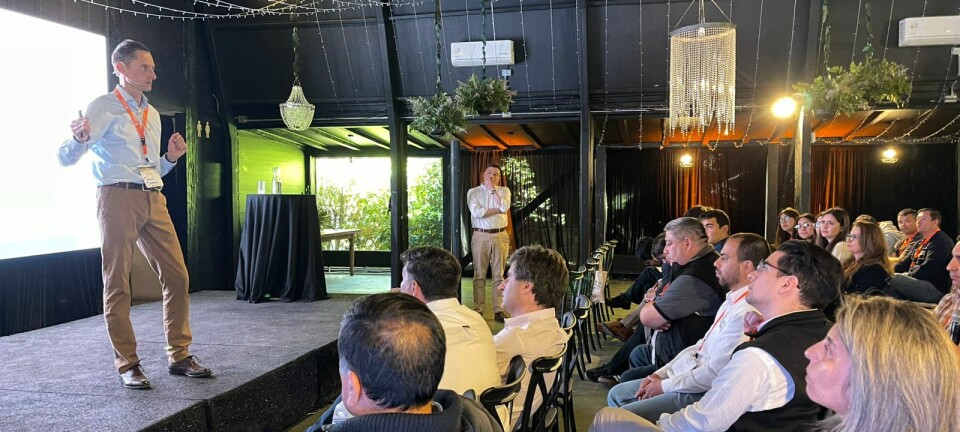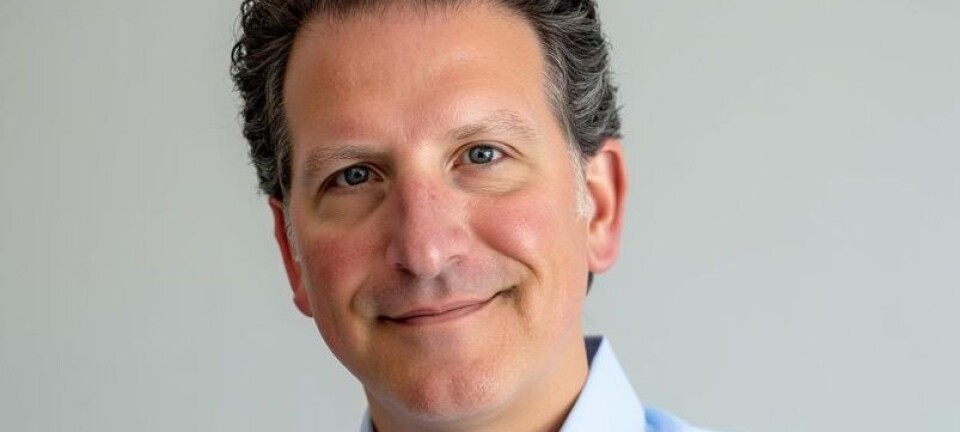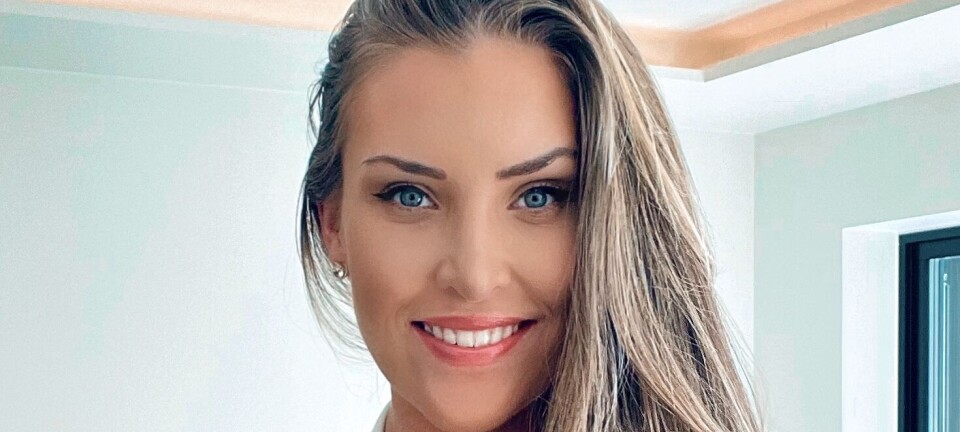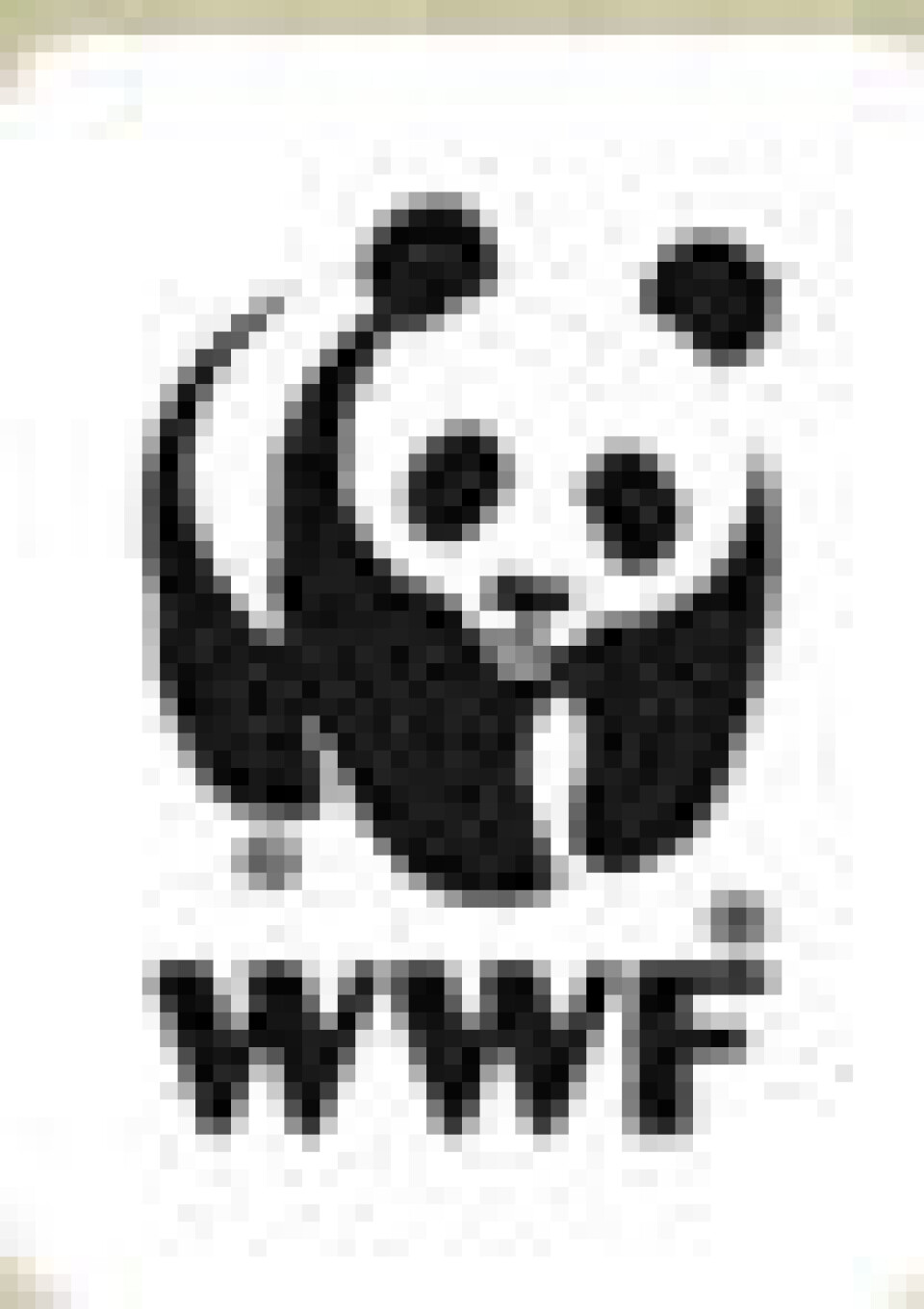
World Wildlife Fund halfway through aquaculture standards
While standards for tilapia, pengasius and bivalves have also been completed, work continues on the development of standards for the remaining species: freshwater trout, salmon, shrimp and cobia/Seriola. A draft set of standards for salmon farming was just out for public comments. The next meeting to discuss these draft standards and to review comments will take place in Saint John, New Brunswick on November 1&2. A steering committee consisting of members from the aquaculture industry and the ENGO community has manouvered the process through some rough waters, and the goal of having an agreed-upon standard in place by the middle of next year might be a challenge. Dr. Jason Clay of the WWF deserves a lot of credit for keeping the parties still at the table.
According to its website, WWF's work on aquaculture began in 1994, when the organization supported a research project comparing the impacts of shrimp aquaculture and shrimp trawling. The main recommendation from the study was that WWF identify strategies to reduce the major impacts from shrimp aquaculture and engage shrimp producers and governments in a productive dialogue. Several initiatives followed the study.
Following the completion of standards for abalone farming, Dan Forman of the WWF issued the following Press Release (October 14);
Global standards addressing the potential negative impacts of abalone farming on the environment and society were finalized today by the Abalone Aquaculture Dialogue, a diverse consortium of organizations and stakeholders led by World Wildlife Fund (WWF). The announcement follows the recent completion of certification standards for bivalves, pangasius and tilapia; standards for shrimp, freshwater trout, salmon, Seriola and cobia, are expected to be finalized by mid-2011. “Given that the process we used to create the standards was transparent and involved more than 100 people, including farmers and scientists from the world’s key abalone production countries, we now have the most credible abalone aquaculture standards in the marketplace,” said Abalone Aquaculture Dialogue Steering Committee member Vincent Encena of the Southeast Asian Fisheries Development Center. “
The new standards seek to minimize the key impacts associated with abalone farming by, for example, requiring bio-secure quarantine for wild-to-farm translocations, and requiring evidence of compliance with a documented protocol for health surveillance and disease response. “Halfway home,” said Jose Villalon, director of the WWF-US Aquaculture Program. “These Aquaculture Dialogues are a tremendous accomplishment; bringing farmers, scientists, retailers and others together to create the most substantive set of standards the aquaculture industry has ever had.”
The certification process for these standards, and all of the standards developed by the Aquaculture Dialogues, will be overseen by the Aquaculture Stewardship Council (ASC), a new entity that is expected to be operational by mid-2011. The standards will be amended regularly to incorporate new science and technology, as well as to encourage continuous improvement on farms.




















